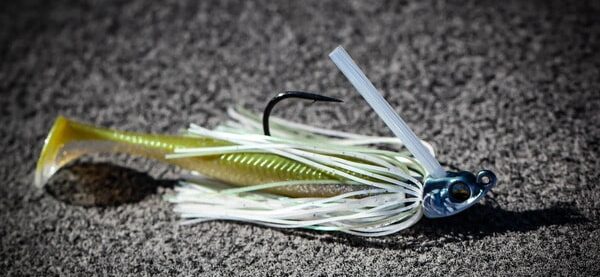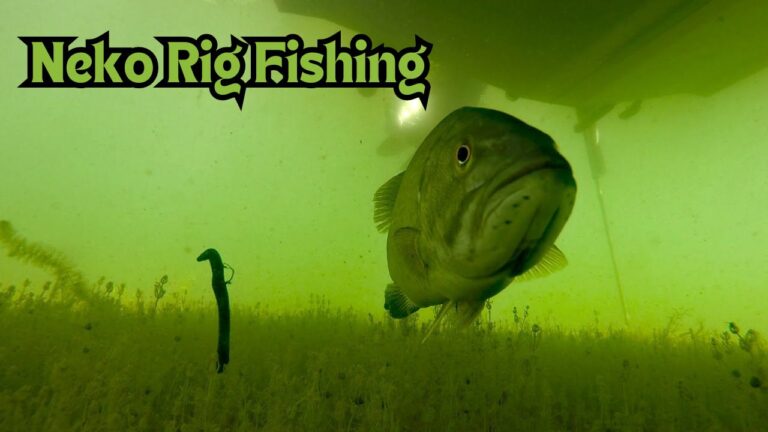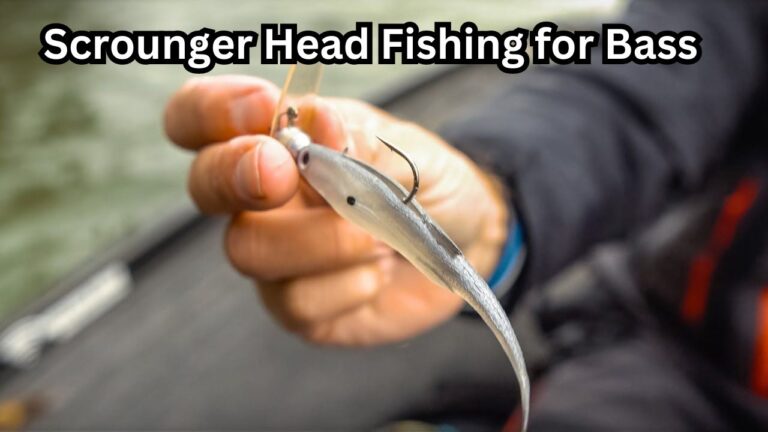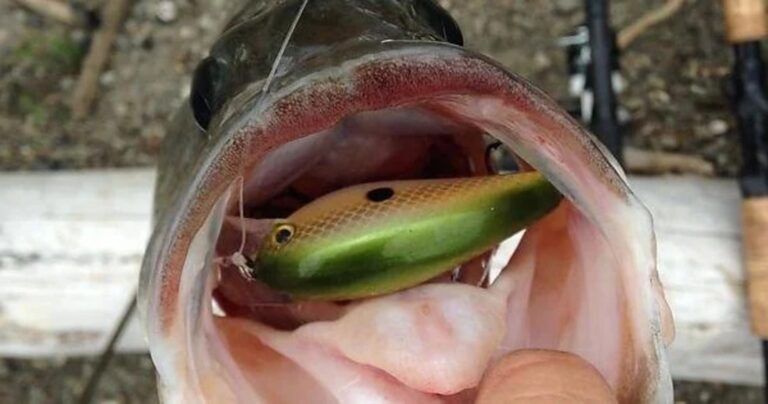How to Pick the Right Swim Jig Trailer

Swim jigs are one of the most versatile and effective bass lures out there.
They can pretty much be fished year round anywhere in the country.
One of the biggest components of swim jig fishing is the trailer.
Using the right trailer for each situation will make a huge difference in you swim jig success.
The Two Styles of Swim Jig Trailers
There are really only two styles of baits that you’re going to use as swim jig trailers.
These are craw style baits and paddle tail baits.
Craw Style Trailers

The first thing to understand about craw trailers is that you aren’t actually trying to mimic a crawfish.
Contrary to most Texas rigs and other jigs where you would be using craw baits to mimic crawfish, with a swim jig, you are using them to mimic bait fish.
This may seem a bit counter intuitive, but we’ll get into the details shortly.
The important thing to know about craw trailers is that they have more vibration, more bulk, and are much wider.
Paddle Tail Trailers

The classic paddle tail baits are amazing trailers for just about any moving bait.
They have very realistic baitfish profiles as well as baitfish swimming motion.
Compared to the craw style baits, the paddle tails have a bit less vibration and are much more slender.
When to Use Craw Trailers

1. Very Shallow Water
The craw trailers have two flapping claws and a wide, bulky body. The flapping claws put off a lot of vibration and more importantly, resistance.
That resistance helps to pull up the jig towards the surface and keep it off the bottom.
The wide, bulky body of the craw slows down it’s fall and helps it to glide upwards better when it is retrieved.
Both of these in combination allow you to keep the jig up off the bottom even in very shallow water.
You don’t really want the jig to be digging into the muck or dragging in the weeds.
It is best to keep it up towards the surface where you can see it and bass can easily eat it.
2. Dirty Water
Because of the high resistance and vibration that the two flapping claws have, they put off a lot of vibration.
This helps bass in muddy water find the swim jig a bit better. But even more importantly that that, it allows you to fish the jig a lot slower.
That resistance slows the bait down and helps to stop it from sinking too quickly.
So you are able to slow down your retrieve and really give bass time to find the bait.
This can be huge when fishing dirty water because the bass need a extra time to find the bait since they can’t see it very well.
3. The Alabama Shake
The Alabama shake is a retrieval technique used when fishing swim jigs.
I suppose the first guy to do this retrieve was from Alabama. But all you do for this retrieve is shake or bounce your rod tip while reeling in the swim jig.
This causes the swim jig to hop and bounce through the water as it swims.
It helps a lot to have the wider, bulkier craw style baits to keep the swim jig stable as you shake it in.
Paddle tail trailers are much skinnier and don’t provide the jig as much stability.
So the swim jig will tend to roll over a bit when doing the Alabama shake, unless you have a craw style trailer.
The Alabama shake is a great technique for fishing a swim jig and it much easier to do with the craw style baits.
When to Use Paddle Tail Trailers

1. Deeper Water
Now the swim jig is not a deep water lure. So when I say, “deeper water”, I’m really talking about water above 4-5 feet.
In 4-9 feet of water, you don’t need to worry about keeping that swim jig up off the bottom.
In fact, you probably want it to get down a couple extra feet.
So the more slender paddle tail that has a bit less vibration won’t pull the swim jig up in the water as much.
And you can keep it in the strike zone for longer, even in the deeper water.
2. Clear Water
In clear water, you don’t need to worry about bass finding your lure.
And you don’t need to give them any extra time to eat it, because they can see very will and quickly track it down.
What you do need to worry about is realism. You want whatever lure you are using to be as natural and realistic as possible.
And since the swim jig is mimicking baitfish, it’s best to use a baitfish style trailer.
Paddle tail trailers are very realistic in both profile and swimming action, making them the much better trailer option for clear water.
Picking Trailer Color
This part is very simple. Just match the color of your trailer to the color of your swim jig.
A white swim jig should have a white or silver trailer. A bluegill colored swim jig should have a green pumpkin or brown colored trailer.
You don’t need to get some fancy colored bait or try and create some crazy color combination.
Although that might be fun, it’s not really going to catch you any more bass.
Just keep it as natural as possible and match your trailer colors to you jig colors.
Also Read: 5 Best Swim Jigs
Personal Preference
Now there is one more thing to keep in mind when picking a swim jig trailer. And that is simply your own personal preference.
A lot of fishing enjoyment as well as success comes down to your confidence in the bait that you a using.
So if for whatever reason, you just prefer to use one style of trailer over the other one, I recommend that to be the trailer you choose.
Even if it goes against some of the general rules that I just went over. At the end of the day, fishing is about having fun, so if you don’t like what you are using, you shouldn’t be using it.
Does Line Factor In?
Depending on the conditions, you can use either braided line or fluorocarbon line when fishing a swim jig. I haven’t really found that the line type factors in when choosing a trailer.
However, generally you will use braided line in shallower, heavier cover. And then you will us fluorocarbon in a bit deeper or sparser cover.
So I feel like craw trailers correlate with braided line and swimbait trailers correlate with fluorocarbon.
Also Read: Best Swim Jig Trailers
Reeling this In
Swim jigs stand out as one of the most versatile and effective lures for bass fishing, adaptable for use throughout the year and across the country.
A critical aspect of maximizing success with swim jigs is selecting the appropriate trailer.
Understanding when to use craw style trailers versus paddle tail trailers can significantly enhance your fishing experience.
Craw trailers excel in shallow and dirty waters, offering high resistance and vibration, while paddle tail trailers are ideal for deeper and clearer waters due to their realistic baitfish profiles.
Additionally, matching the color of your trailer to your swim jig ensures a natural and appealing presentation.






